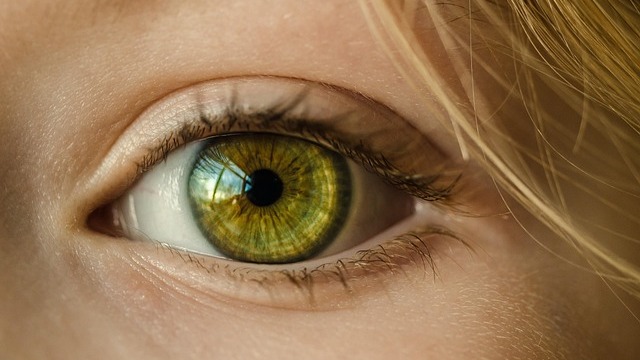
Unlocking Vision Restoration: The Surprising Role of Fatty Acids
As the years pass, many individuals notice subtle changes in their vision. For those over 60, navigating dimly lit environments often requires the use of additional light—an all too common occurrence. However, groundbreaking research from UC Irvine suggests an exciting avenue for potentially reversing such age-related vision decline. Through the supplementation of specific polyunsaturated fatty acids, particularly targeting the ELOVL2 enzyme, scientists are unveiling a path to restore vision and tackle age-related diseases like macular degeneration (AMD).
The ELOVL2 Enigma: What You Need to Know
The Elongation of Very Long Chain Fatty Acids Protein 2 (ELOVL2) serves as a crucial biomarker for aging. In a previous pioneering study, researchers demonstrated that lower activity of ELOVL2 correlates with diminishing visual capabilities in aged organisms. In their latest work, the researchers sought an alternative approach to enhance visual function without directly manipulating ELOVL2.
Fatty Acid Supplementation: A Game Changer
Previously, much attention had been paid to the omega-3 fatty acid docosahexaenoic acid (DHA) as a means of preventing AMD progression. However, insights from UC Irvine's recent findings indicate that DHA may not be as effective alone as once believed. The focus shifted to less-studied polyunsaturated fatty acids (PUFAs), which researchers found could provide unexpected improvements in visual acuity. When aged mice were injected with a specific type of PUFA, significant advancements in their visual performance were observed, revealing the potential for lipid injections as a therapeutic option.
Beyond the Retina: Implications for Systemic Health
This research extends beyond mere vision restoration. Collaborations across various scientific disciplines have hinted at a larger role for ELOVL2 and lipid metabolism in systemic health, particularly in aging immune cells. The findings suggest that supplementing PUFAs could mitigate age-related deterioration not just in ocular health but across multiple systems in the body.
Understanding the Genetic Connection
The discovery of genetic variants in the ELOVL2 gene linked to accelerated progression of AMD unveils a new frontier in precision medicine. Identifying these genetic markers could allow for tailored preventive measures for those at risk of vision loss. By fostering a deeper understanding of lipid metabolism’s connection to aging, researchers are poised to pave the way for more effective interventions.
Future Directions: Towards Clinical Applications
While current AMD treatments predominantly manage symptoms, the research from UC Irvine emphasizes a preventative and restorative approach. As the potential of VLC-PUFAs for reversing age-related vision decline becomes clearer, the scientific community is urged to expedite translational efforts toward human clinical trials.
Take Charge of Your Eye Health
This groundbreaking research holds immense promise for individuals concerned about declining vision due to aging. As studies advance, staying informed about dietary choices, especially regarding fatty acids, could empower proactive actions toward healthier eyes and overall well-being. If these findings resonate with your health interests, consider incorporating more PUFAs into your nutrition and consulting with healthcare professionals about personalized approaches to eye care.
 Add Row
Add Row  Add Element
Add Element 



Write A Comment